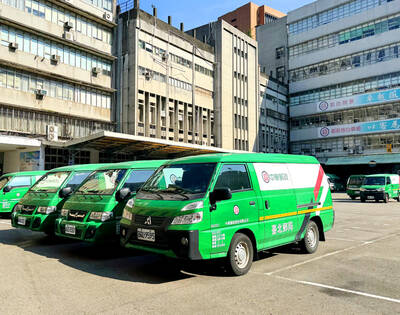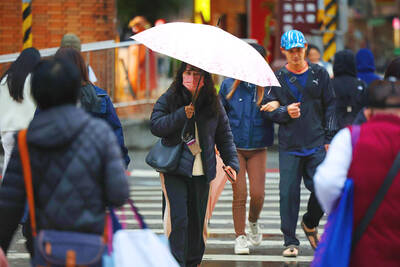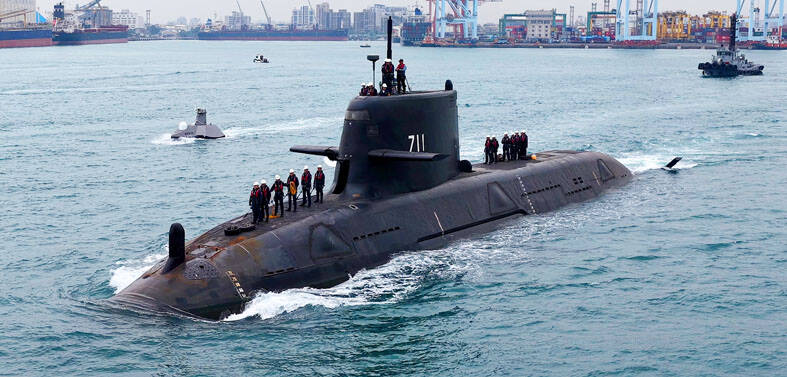Three out of 10 adolescents in Taiwan have experienced bullying, either as victims or witnesses, with verbal and physical bullying being the most common, a survey conducted by the Taiwan International Association for Advancement of Children Rights has found.
A total of 30.58 percent of respondents — comprising junior and senior-high school students — said they have either been the victims of bullying or have seen or heard people around them being bullied.
The types of bullying were verbal bullying (86.3 percent), physical bullying (70.8 percent), relational bullying (67 percent), cyberbullying (18 percent) and sexual bullying (13.6 percent), the survey found.
When asked about the possible cause of bullying, respondents attributed 59 percent of the cases to the victim’s personality, 49.5 percent to physical appearance and 27 percent to personal hygiene.
The survey found that 13 percent of the respondents were victims of bullying, which resulted in polarized reactions, said Chang An-tzu (張安慈), a consultant at the association.
Some of the victims changed their attitudes in an attempt to fit in, but others became depressed and were reluctant or afraid to make friends, Chang said.
Bullied adolescents might refuse to attend school, injure themselves deliberately, have nightmares or even lash out when they think they are about to be bullied, Chang said.
Judging from the reasons cited for bullying, adolescent people’s character, including their ability to make friends, and their self-image and sense of worth, can be improved, Chang said.
Efforts to prevent bullying should be improved, because as many as 70 percent of adolescents ignore, choose not to get involved or do not know what to do when they witness bullying, Chang said.
The survey was conducted last month and collected 1,205 valid samples.

SHIPS, TRAINS AND AUTOMOBILES: The ministry has announced changes to varied transportation industries taking effect soon, with a number of effects for passengers Beginning next month, the post office is canceling signature upon delivery and written inquiry services for international registered small packets in accordance with the new policy of the Universal Postal Union, the Ministry of Transportation and Communications said yesterday. The new policy does not apply to packets that are to be delivered to China, the ministry said. Senders of international registered small packets would receive a NT$10 rebate on postage if the packets are sent from Jan. 1 to March 31, it added. The ministry said that three other policies are also scheduled to take effect next month. International cruise ship operators

NUMBERS IMBALANCE: More than 4 million Taiwanese have visited China this year, while only about half a million Chinese have visited here Beijing has yet to respond to Taiwan’s requests for negotiation over matters related to the recovery of cross-strait tourism, the Tourism Administration said yesterday. Taiwan’s tourism authority issued the statement after Chinese-language daily the China Times reported yesterday that the government’s policy of banning group tours to China does not stop Taiwanese from visiting the country. As of October, more than 4.2 million had traveled to China this year, exceeding last year. Beijing estimated the number of Taiwanese tourists in China could reach 4.5 million this year. By contrast, only 500,000 Chinese tourists are expected in Taiwan, the report said. The report

Temperatures are forecast to drop steadily as a continental cold air mass moves across Taiwan, with some areas also likely to see heavy rainfall, the Central Weather Administration (CWA) said. From today through early tomorrow, a cold air mass would keep temperatures low across central and northern Taiwan, and the eastern half of Taiwan proper, with isolated brief showers forecast along Keelung’s north coast, Taipei and New Taipei City’s mountainous areas and eastern Taiwan, it said. Lows of 11°C to 15°C are forecast in central and northern Taiwan, Yilan County, and the outlying Kinmen and Lienchiang (Matsu) counties, and 14°C to 17°C

STEERING FAILURE: The first boat of its class is experiencing teething issues as it readies for acceptance by the navy, according to a recent story about rudder failure The Hai Kun (海鯤), the nation’s first locally built submarine, allegedly suffered a total failure of stern hydraulic systems during the second round of sea acceptance trials on June 26, and sailors were forced to manually operate the X-rudder to turn the submarine and return to port, news Web site Mirror Daily reported yesterday. The report said that tugboats following the Hai Kun assisted the submarine in avoiding collisions with other ships due to the X-rudder malfunctioning. At the time of the report, the submarine had completed its trials and was scheduled to begin diving and surfacing tests in shallow areas. The X-rudder,